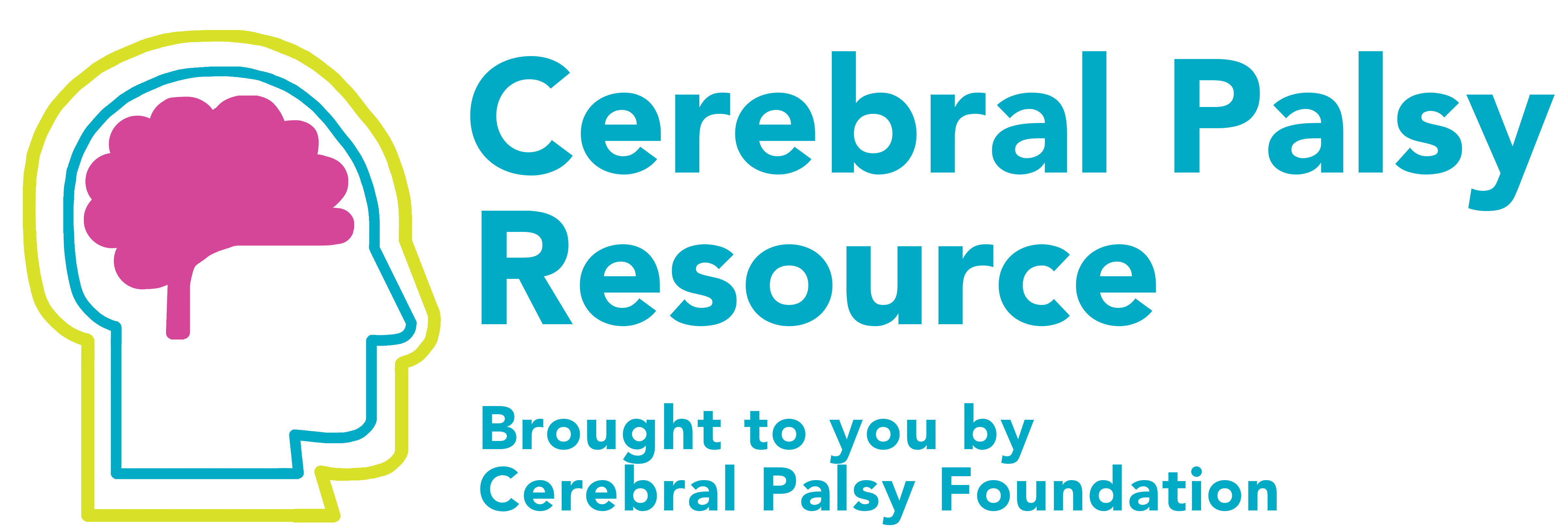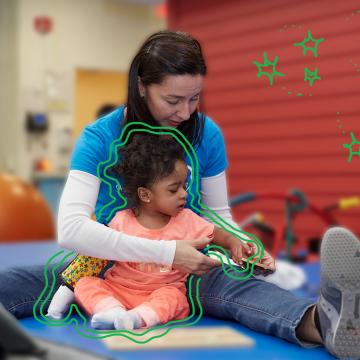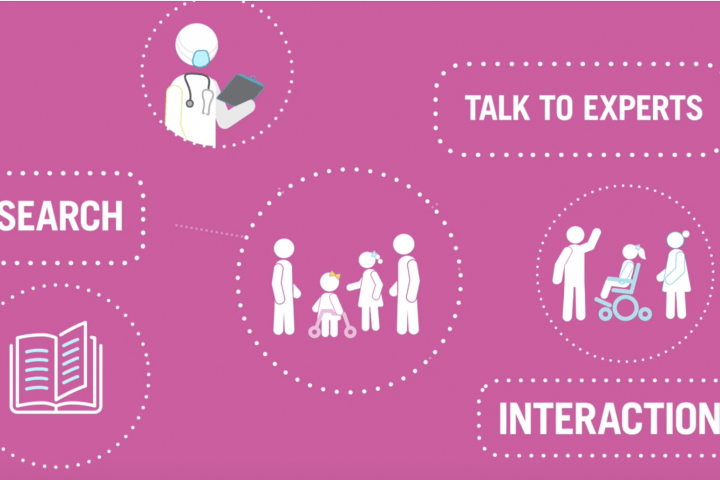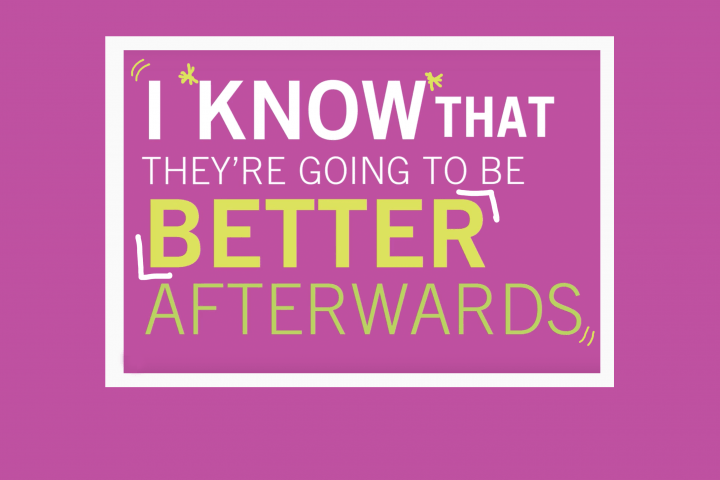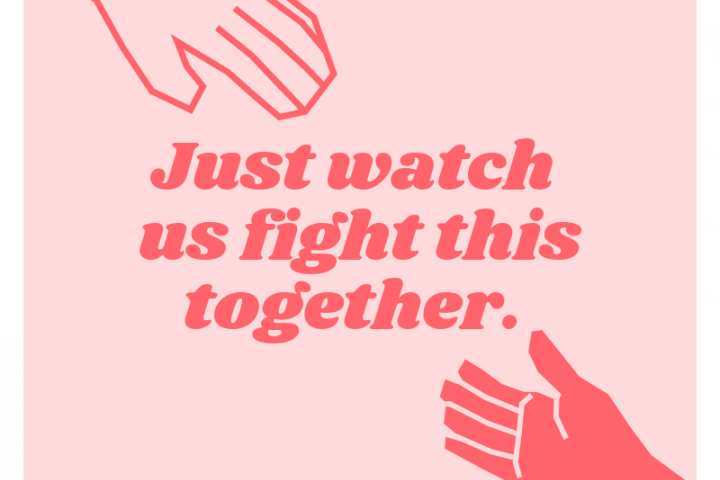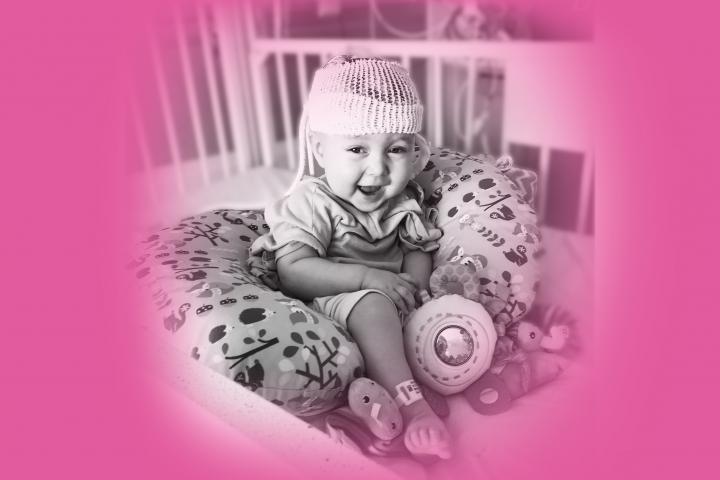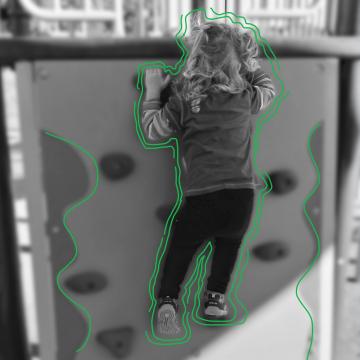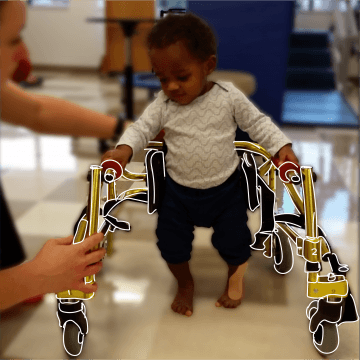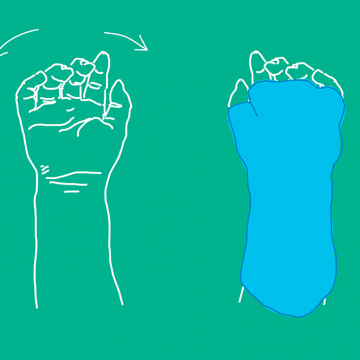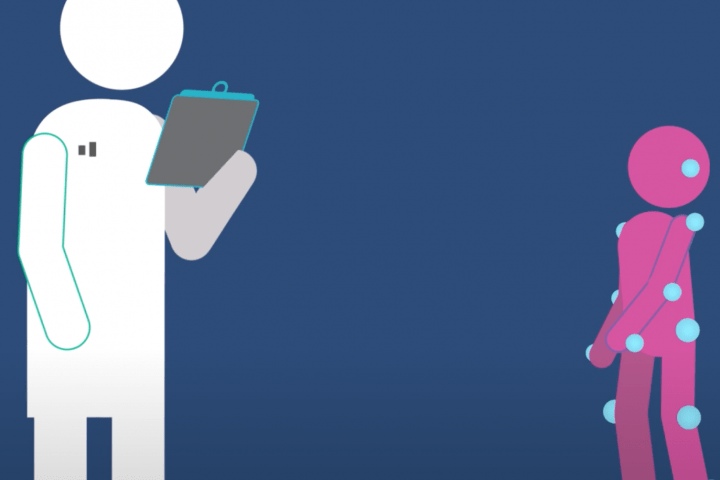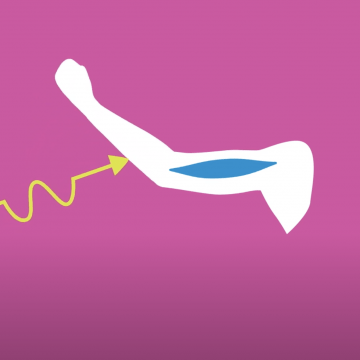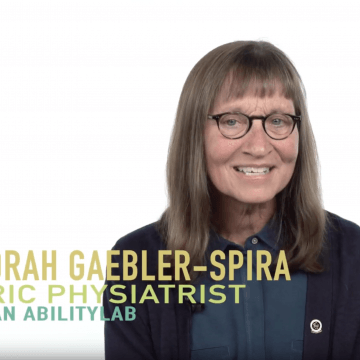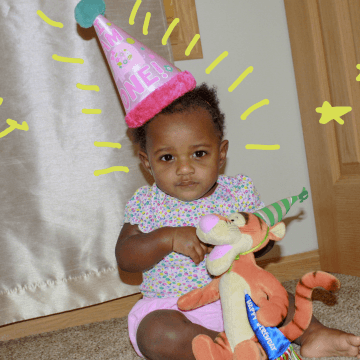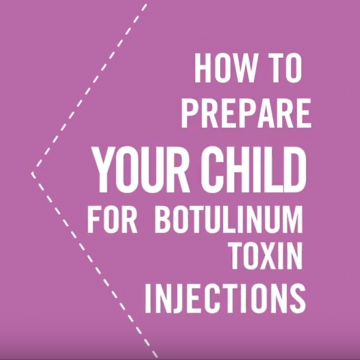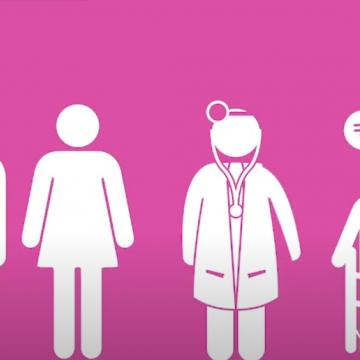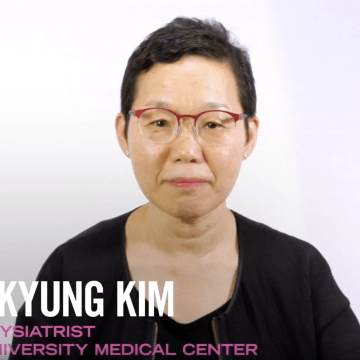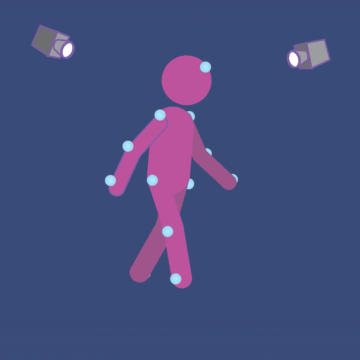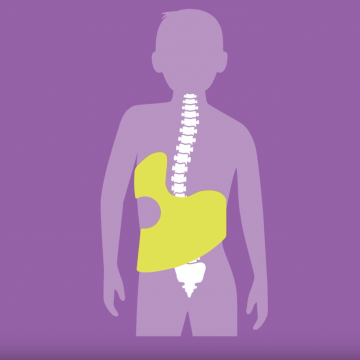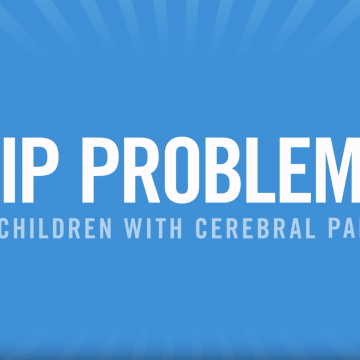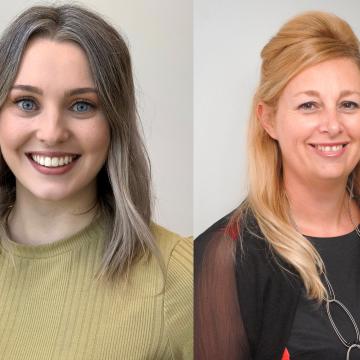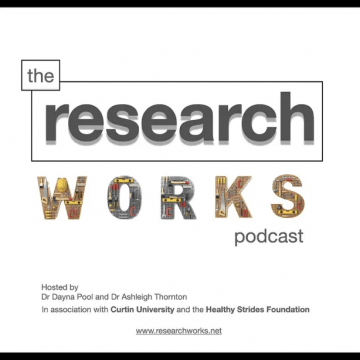
There is no standard therapy that works for every type and every person with CP. Many factors should be considered when putting together a treatment plan. Once a CP diagnosis is made and the type of CP is determined, a team of health care professionals will work to develop a treatment plan to meet your goals.
This will likely change over time through various ages and stages of life and may include a variety of approaches. One, or several different types of treatment, may be recommended depending on severity and what parts of the body are affected. Remember to ask questions of your clinicians and providers regarding why they are recommending a specific treatment and what to expect as a result.
-

Cerebral Palsy Treatment Overview A child may need one or several different types of treatment depending on how severe the symptoms are and what parts of the body are affected. Early intervention and treatment may help to improve function for the nervous system and musculoskeletal system.
-

Learning To Move And The Goals Of Therapy For a child with CP learning to move, the really important things to remember are that the child should always be active. -

Goals of Physical Therapy Cerebral palsy is a damage to the developing brain in the motor part of the brain. Individuals with cerebral palsy have problems with weakness and sometimes also involuntary movements. -

What is Constraint Induced Movement Therapy? Upper limb therapies and interventions have been well studied in cerebral palsy. Different interventions that have good evidence are Constraint Induced Movement Therapy (CIMT) and Bimanual Therapy. CIMT has been shown to be successful in children with hemiplegic cerebral palsy (CP). CIMT uses a splint to physically constrain the uninvolved arm and encourage them to use the more involved or affected arm.
-
Tips & Advice
Gait Analysis Top Questions Answered 
-

How Does Spasticity Impact the Body? -

What is Spasticity? -

Muscle Tone & Early Development -

Preparing for Botulinum Toxin Injections -

Botulinum Toxin Top 10 Questions -

Spasticity Treatment in Cerebral Palsy -

Understanding Gait Analysis & Orthopedic Surgery -

Spine Development & Treatment -

Understanding Hip X-Rays -

Hip Development & Treatment Options
-

Episode 9: Meet the Gait Lab Experts at Gillette Children's In this new 2022 episode of "Let's Talk CP" host Cynthia Frisina talks with Dr. Tom Novacheck and Dr. Andrew Georgiadis from Gillette Children's about gait, gait analysis, and what makes Gillette Children's such a special place. -

Episode 4: Cerebral Palsy Health. Iona Novak, PhD and Madison Paton, PhD: What's the Deal with Stem Cells Anyway? On this episode I talk with two of the world’s leading researchers… Dr. Madison Paton and Dr. Iona Novak on stem cell treatment for cerebral palsy. Stem Cells have been a hot topic in Cerebral Palsy for at least 15 years now, with many parents and researchers hoping that at the least, stem cells will lessen the impact of CP and at most hold the key to a cure. Dr. Paton and Dr. Novak will share their insider knowledge into this subject and help us sort through the hype and so we can hold onto our hope. -

Episode 10: The Role of Physiatry and Neurosurgery in the Care of Cerebral Palsy at Gillette Children's In this 2022 episode of "Let's Talk CP" host Jen Lyman talks with neurosurgeon, Dr. Debbie Song, and physiatrist, Dr. Marcie Ward about their role in the care of Cerebral Palsy at Gillette Children's. -

The Research Works The Research Works podcast is designed for health professionals in the area of child health, where we discuss emerging, modern, evidence based research.
-

CPF LIVE! with Lorene Janowski: OT at Home CPF Executive Director Rachel Byrne and occupational therapist Lorene Janowski discuss OT at home.
-

State of the Evidence Traffic Lights 2019 Purpose of review: Cerebral palsy is the most common physical disability of childhood, but the rate is falling, and severity is lessening. We conducted a systematic overview of best available evidence (2012-2019), appraising evidence using GRADE and the Evidence Alert Traffic Light System and then aggregated the new findings with our previous 2013 findings. This article summarizes the best available evidence interventions for preventing and managing cerebral palsy in 2019. -

Key Ingredients of Interventions to Improve Function in CP Intervention to improve function for children and young people with cerebral palsy needs to include client-chosen goals and whole-task practice of goals. Clinicians should consider child/family preferences, age, and ability when selecting specific interventions. -

2023 Stem Cell Update: Hope or Hype? An update to the current understanding and potential of stem cell therapies for CP.
Remember to ask questions of your clinicians and providers regarding why they are recommending a specific treatment and what to expect as a result.
